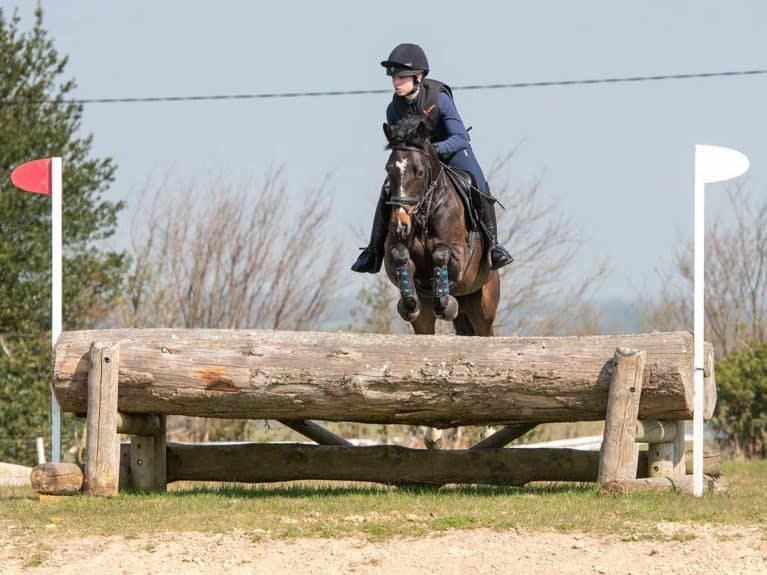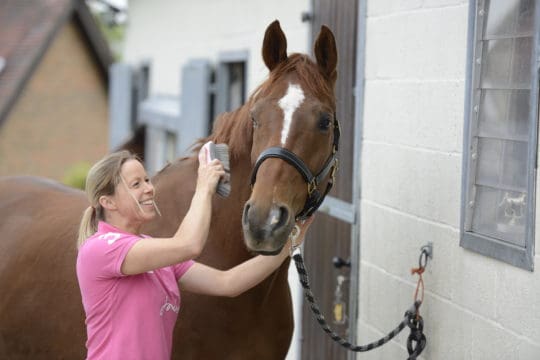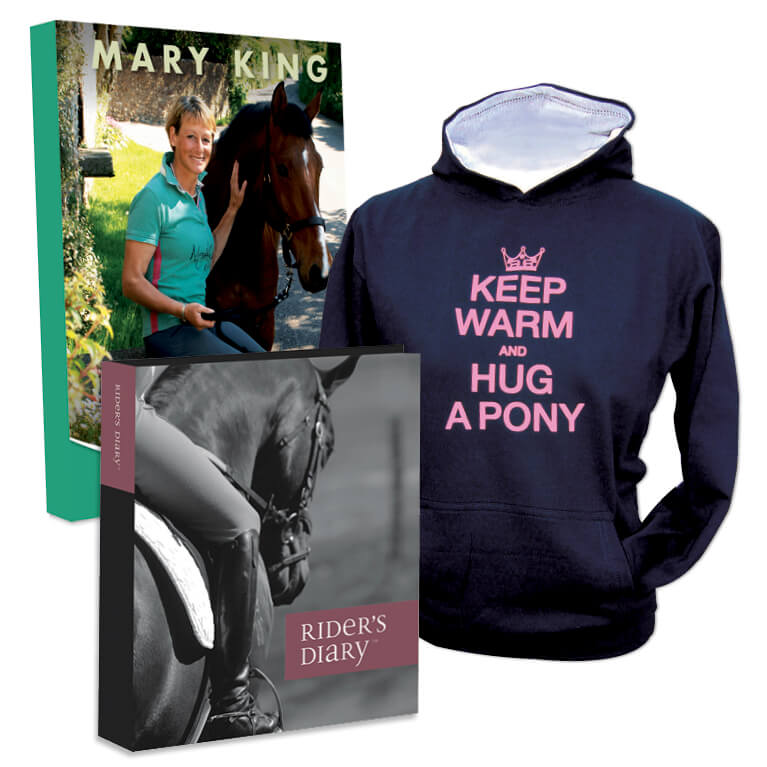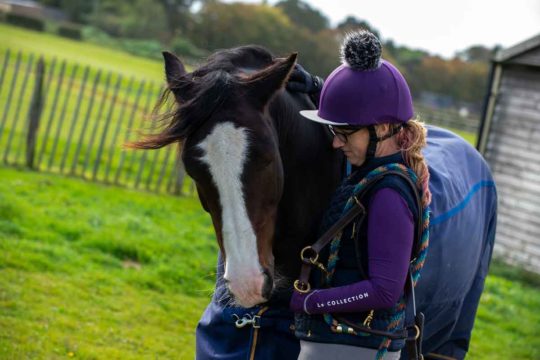
Most Read Articles
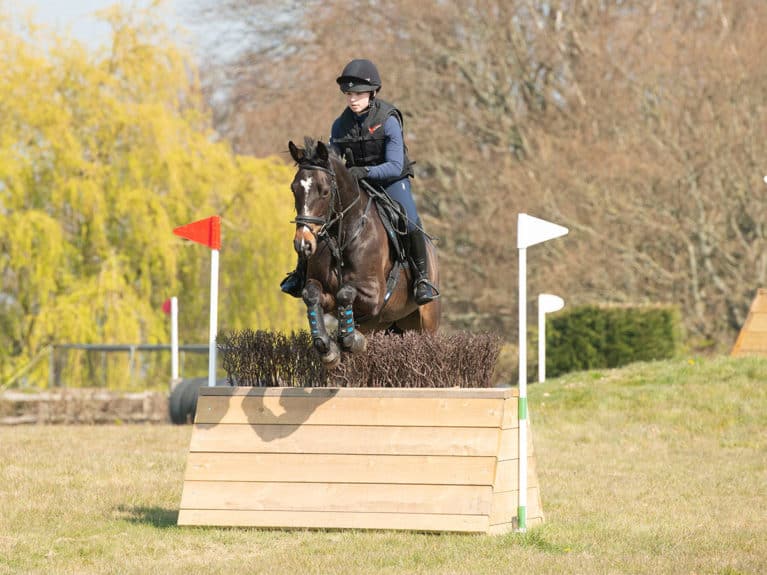
New research published in the Journal of Veterinary Behaviour assessing risk of falls during the cross-country phase of eventing has cast light onto which fence styles pose the biggest danger to riders and horses
Eventing is often called the ultimate test of horse and rider, and this is largely because of the challenges faced in the cross-country phase. Uneven terrain, fences design and high speeds can all contribute to the falls of even the most experienced combination. Roughly 6% of starters on a cross-country course will experience a fall and they can have serious consequences, since 2016 there have been 41 horse fatalities and 18 rider fatalities.
The new study, conducted by researchers from the universities of Bristol, Glasgow and Nottingham Trent, analysed data from more than 200,000 fences across 6,500 events over an 11-year period. Their results identified 14 factors related to competition, fence and course design that contributed to a fall occurring.
The researchers compared the risks different fence types to the risk associated with a square spread fence, to determine whether fences whether a fall was more or less likely to occur.
The fences where a fall was more likely to occur included…
- Post and rail
- Palisade
- Brush with a ditch in front
- Corner
- Trakehner
The fences where a fall was less likely to occur included…
- Ascending spread
- Brush fences without a ditch
- Round fences
- Water (splash) jumps
By identifying which fences are most likely to cause a fall in comparison to a square spread, course designers will be able to more carefully consider factors that could improve safety around those types of fences. For example, placing higher risk fences on more forgiving terrain or not placing them on sharp angles.
The researchers also believe that this study could offer a starting point for establishing a risk profile of cross-country course, which could be used by riders to gauge the risk of a specific course and make an informed decision about competing.
Lead author, Dr Euan Bennet, from the University of Glasgow, said: “It wouldn’t be useful to look at our results and say that challenging jumps should no longer be used. Rather, it should be recognised that course design can prioritise safety without reducing challenge or competitiveness in the sport. Risk grading of courses would be an important way of informing athletes about the level of risk to which they would be exposing themselves and their horse and would reduce the risk of serious and fatal injury to both horses and riders.”
